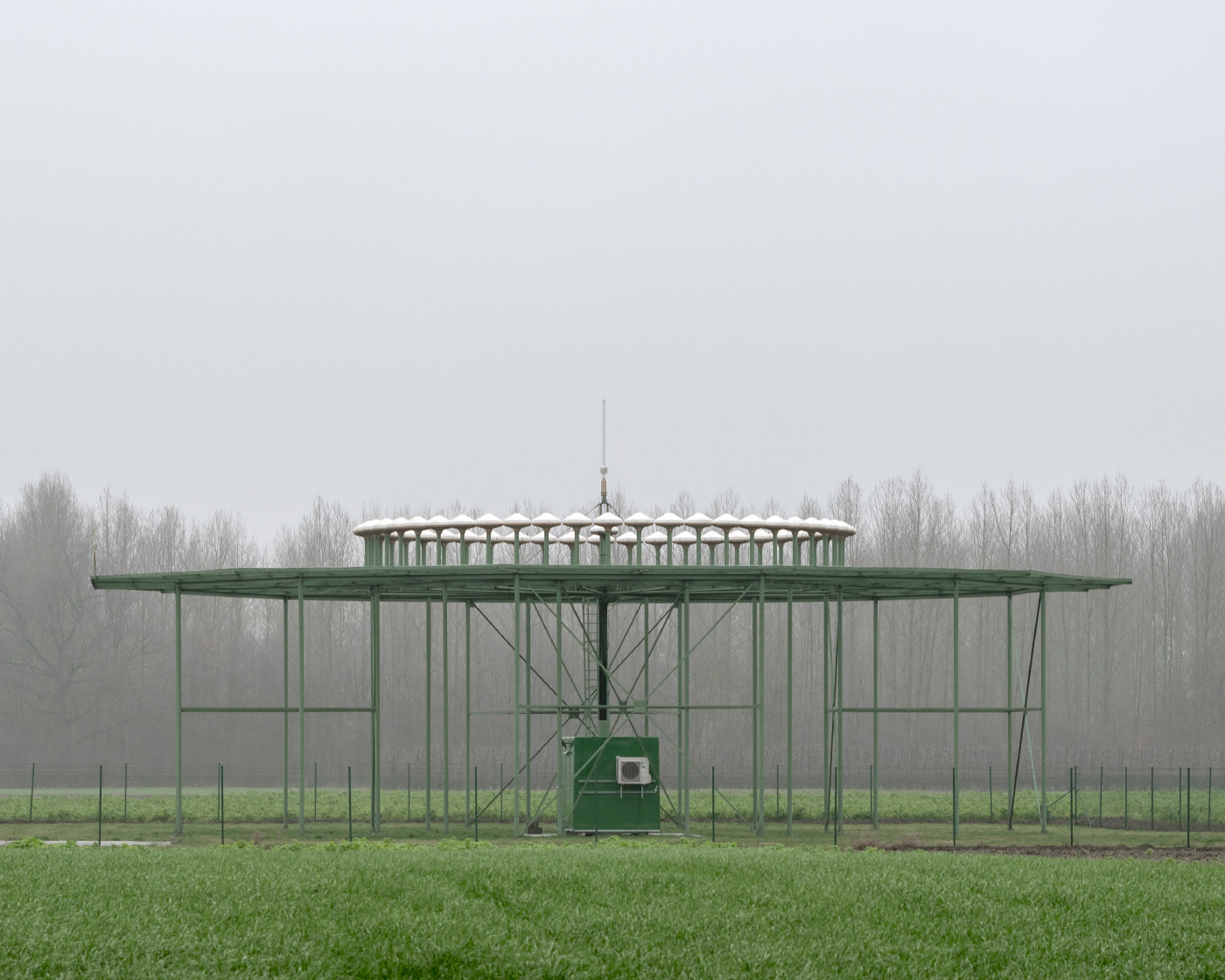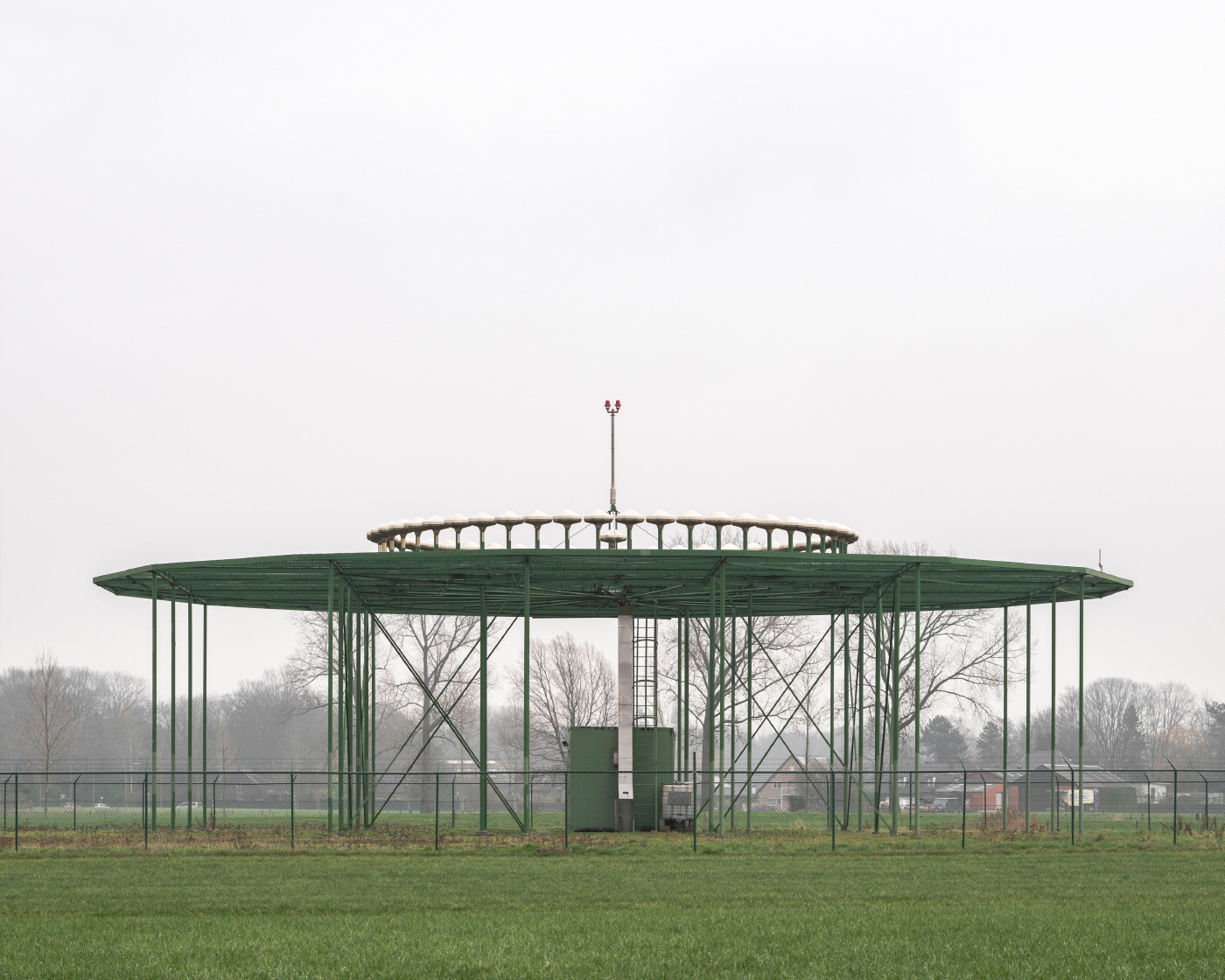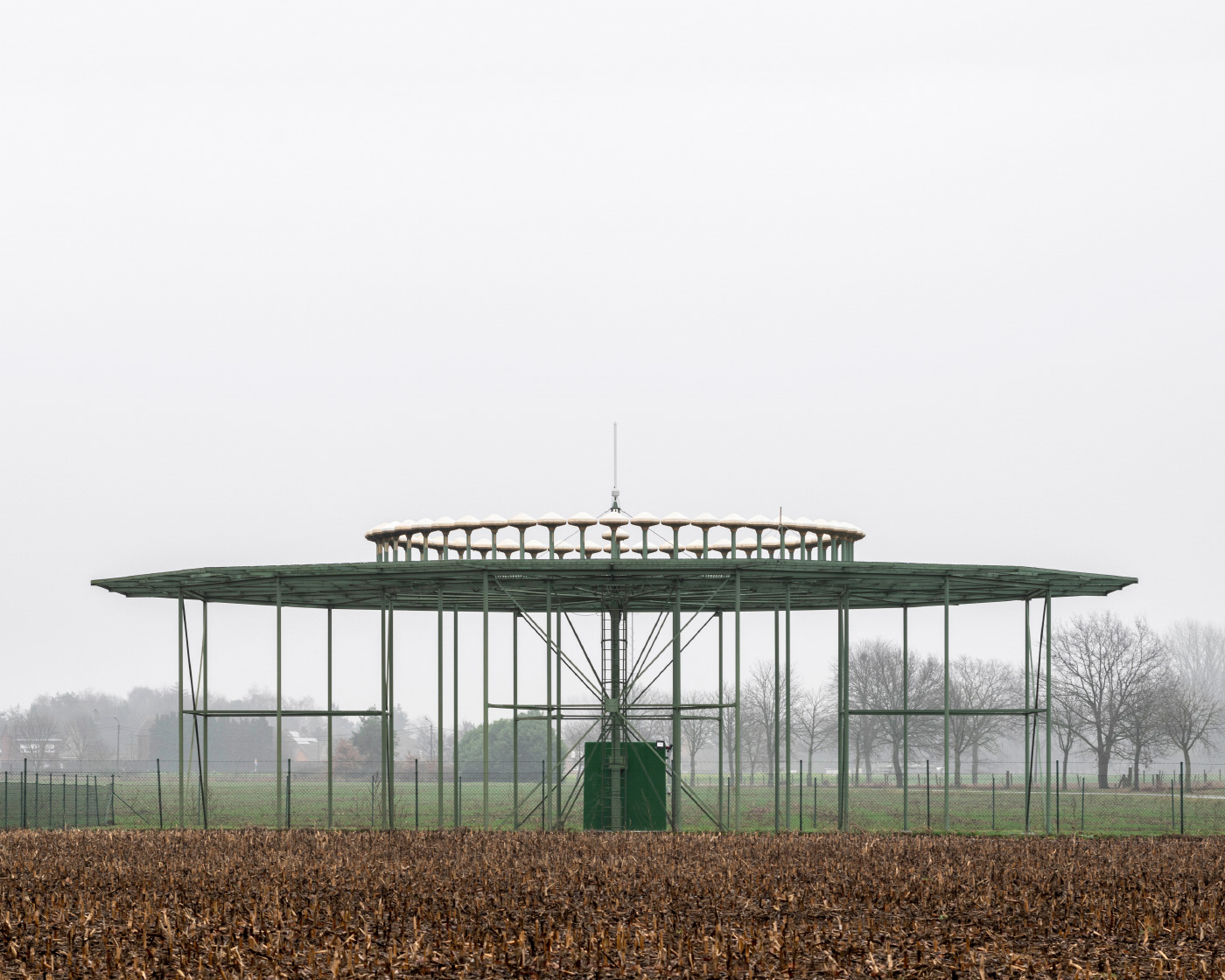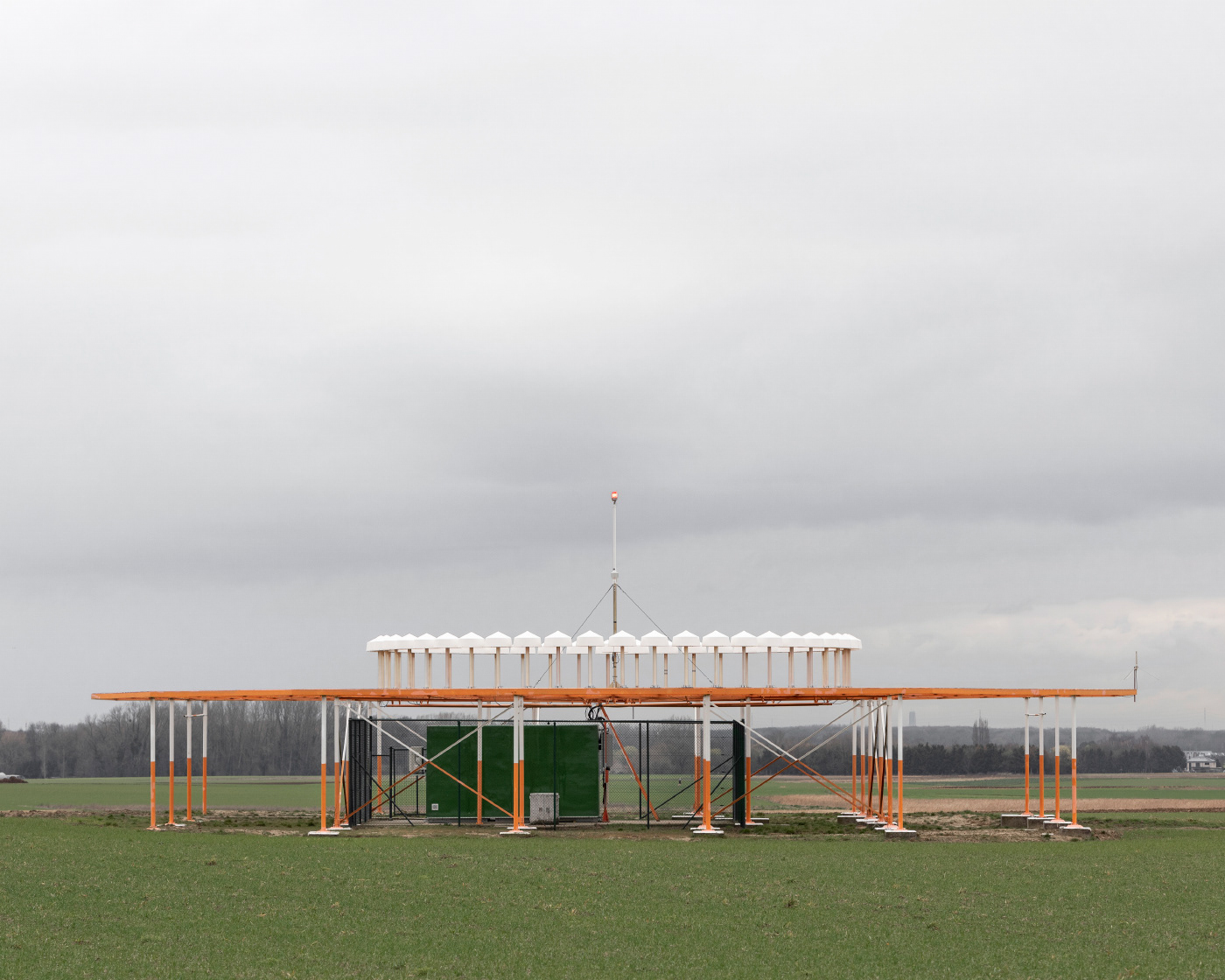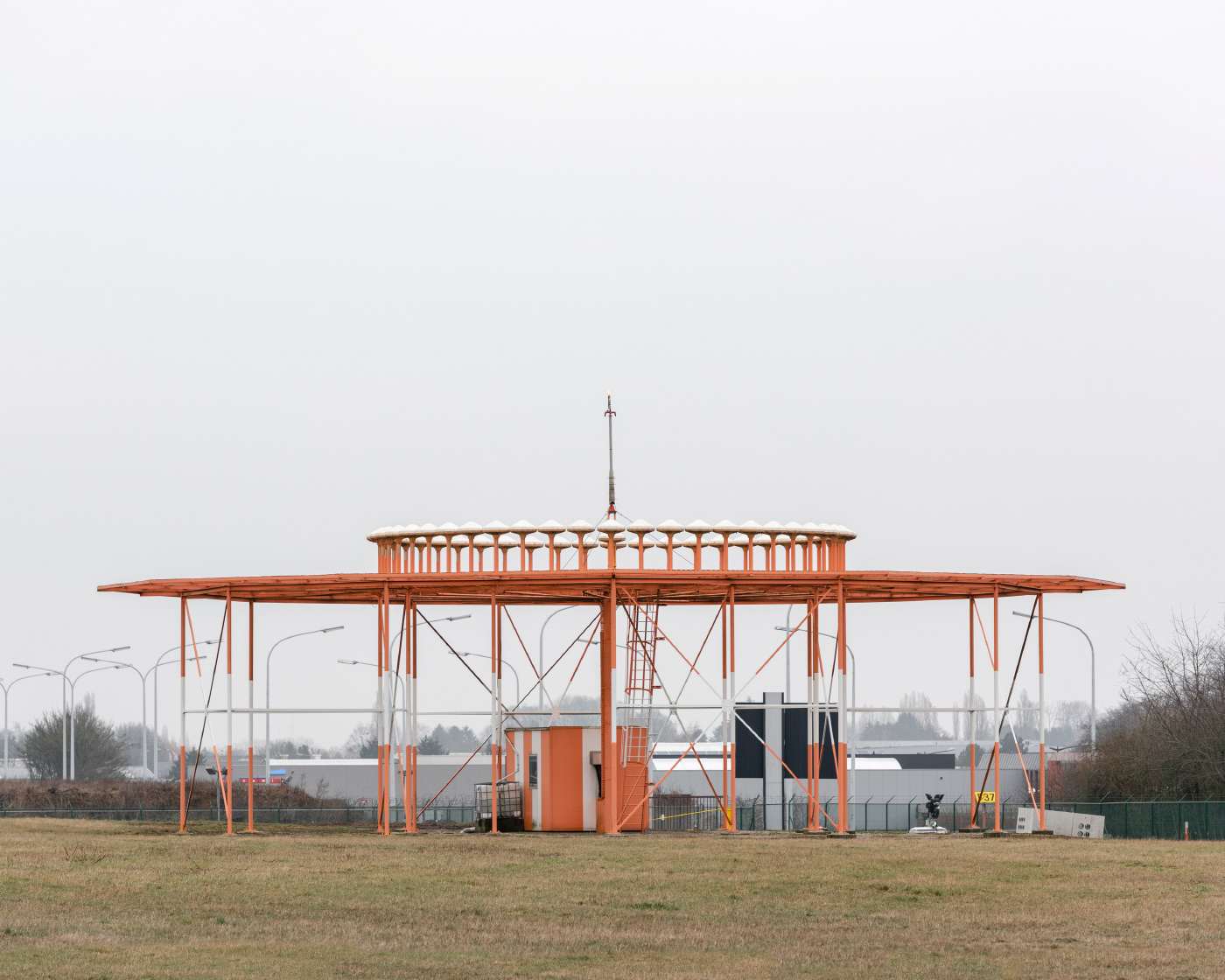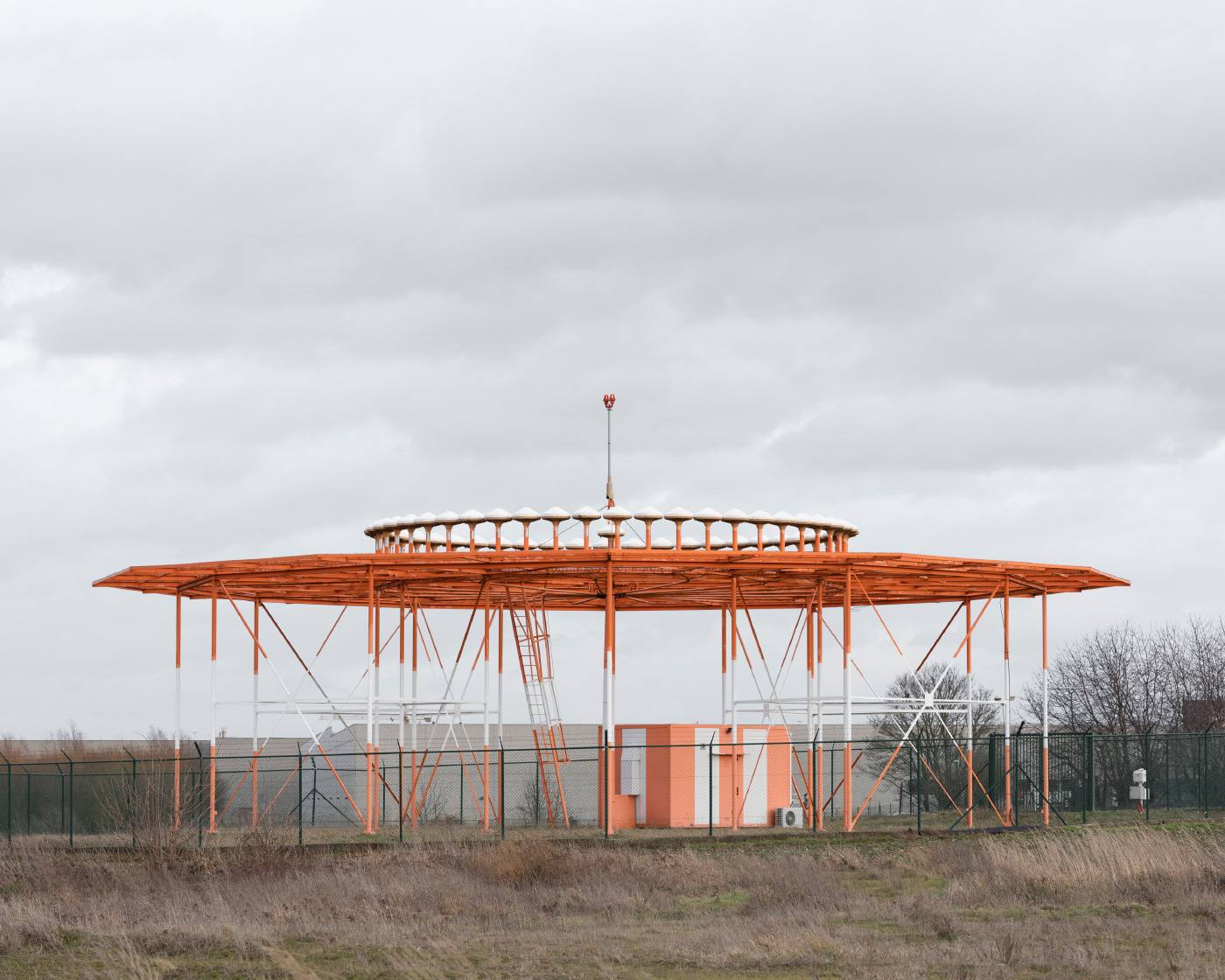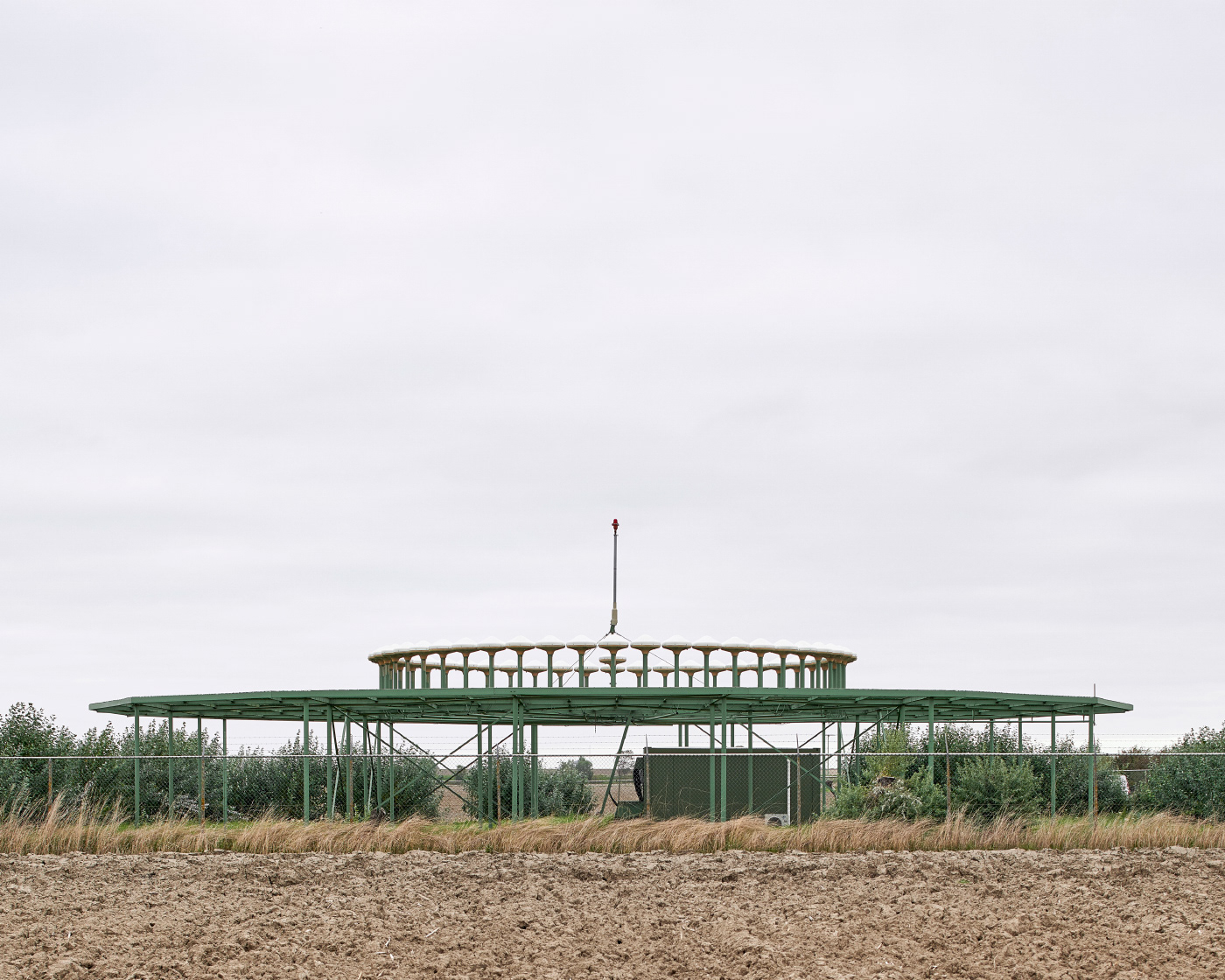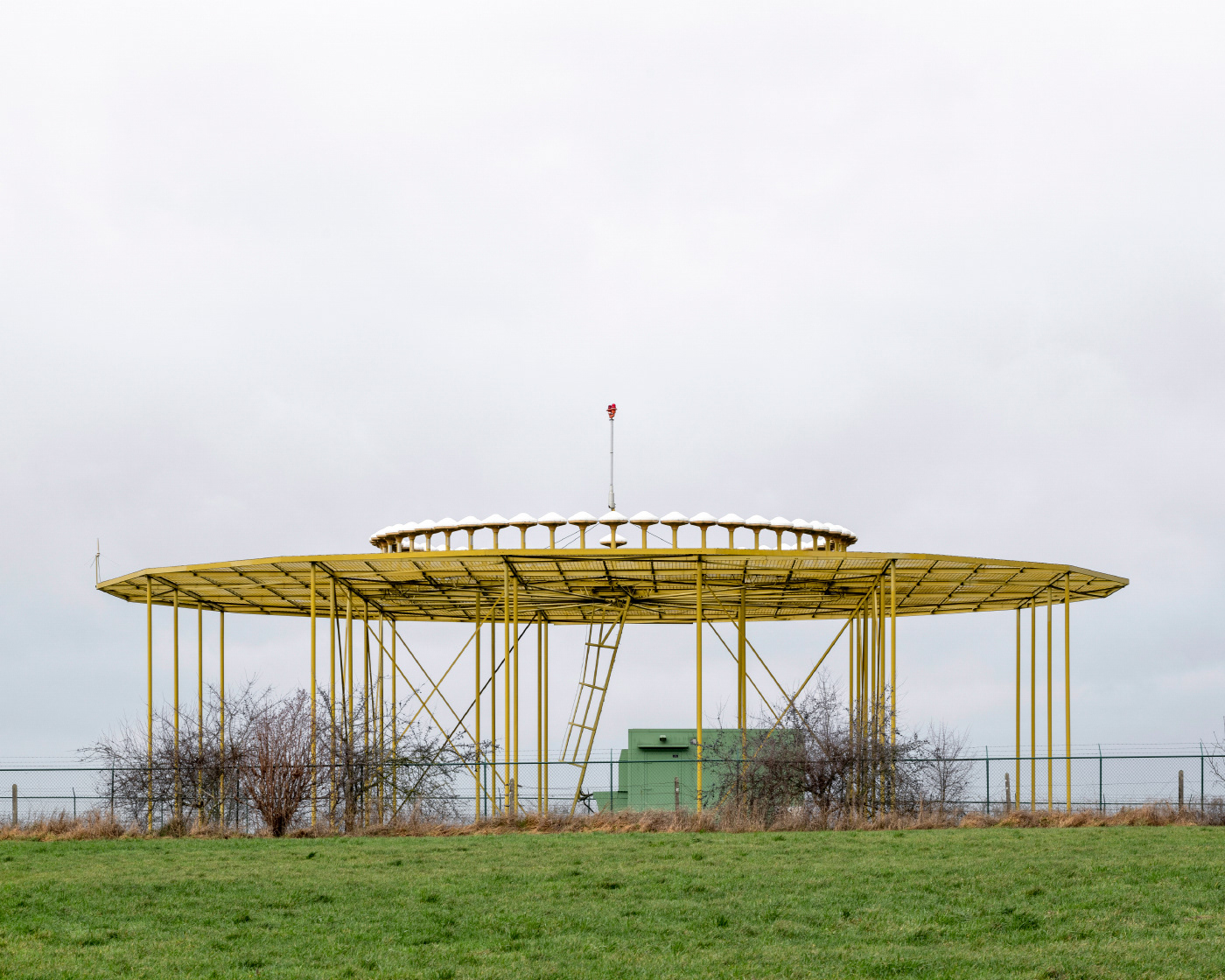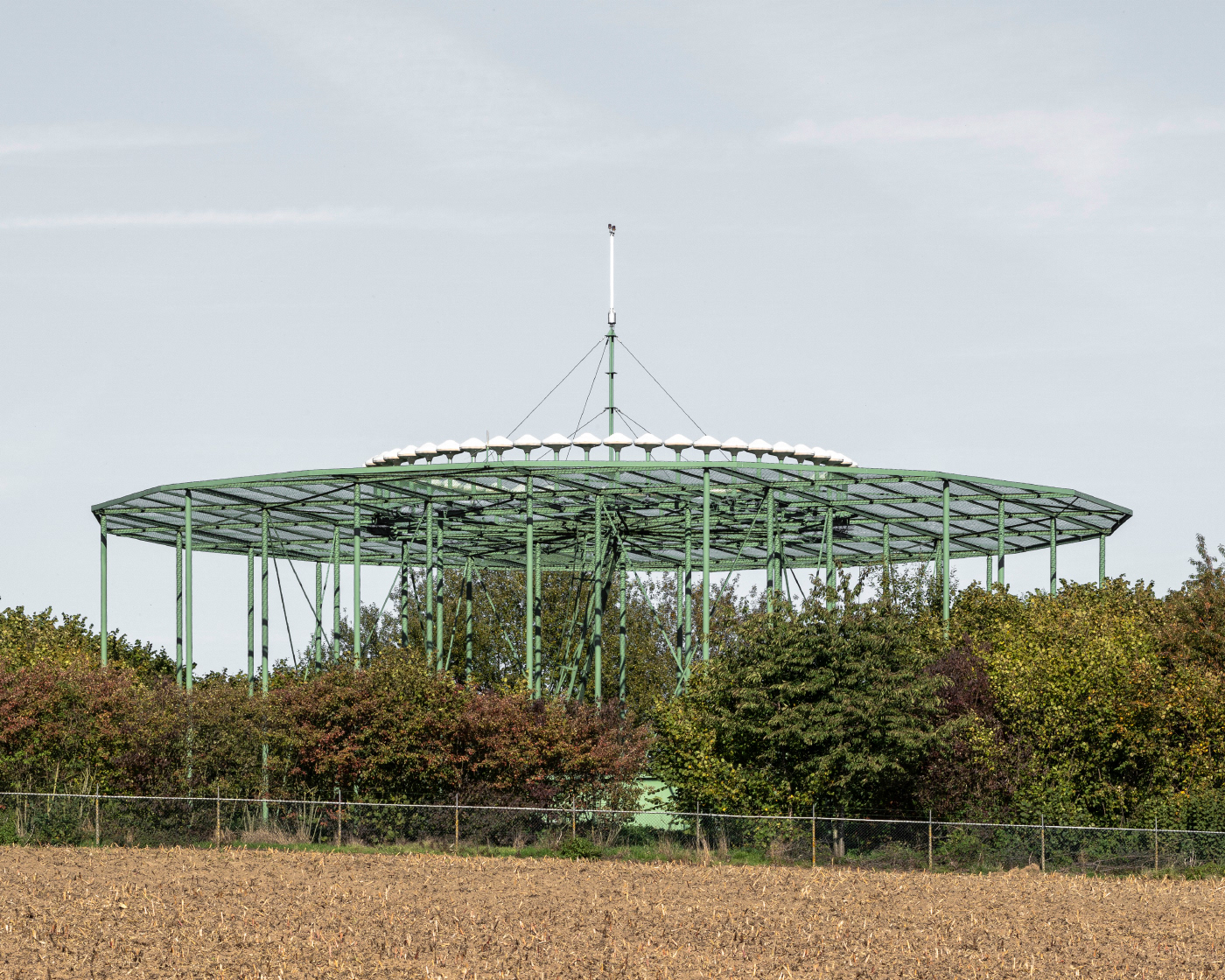IMAGES AND TEXT by Servaas Van Belle
BLIJVENDE BAKENS (OF NIET)
Met veertien zijn ze in België. En sinds het einde van de Tweede Wereldoorlog maken we er bijna allemaal ongemerkt gebruik van. Een Doppler Very High Frequency Omni-directional Range-station, kortweg DVOR. Bakens die de luchtsnelwegen boven ons land met elkaar verbinden. Wie door het luchtruim klieft, doet dat dus eigenlijk als een fietser langs de talrijke fietsknooppunten.
In vervlogen tijden navigeerde men manueel van baken naar baken of moest de piloot het volgende baken handmatig instellen. Door nieuwe technologieën is alles sinds jaar en dag geautomatiseerd en werden de bakens als waypoints opgenomen in ‘vooraf gepubliceerde routes’, het vliegplan.
Maar ook die technologie staat niet stil. Luchtverkeersleider skeyes is bezig met het vernieuwen van de DVOR-systemen, maar tegelijkertijd wordt bekeken of en welke DVOR-sites op termijn uitgeschakeld kunnen worden.
Al zeker vijf stuks blijven hun plaats behouden. Maar de kans bestaat dus dat enkele pechvogels een stille dood zullen sterven en op een dag hun laatste hertz de hemel in zullen sturen.
Denk eraan als u straks gezwind het land uitvliegt.
Met veertien zijn ze in België. En sinds het einde van de Tweede Wereldoorlog maken we er bijna allemaal ongemerkt gebruik van. Een Doppler Very High Frequency Omni-directional Range-station, kortweg DVOR. Bakens die de luchtsnelwegen boven ons land met elkaar verbinden. Wie door het luchtruim klieft, doet dat dus eigenlijk als een fietser langs de talrijke fietsknooppunten.
In vervlogen tijden navigeerde men manueel van baken naar baken of moest de piloot het volgende baken handmatig instellen. Door nieuwe technologieën is alles sinds jaar en dag geautomatiseerd en werden de bakens als waypoints opgenomen in ‘vooraf gepubliceerde routes’, het vliegplan.
Maar ook die technologie staat niet stil. Luchtverkeersleider skeyes is bezig met het vernieuwen van de DVOR-systemen, maar tegelijkertijd wordt bekeken of en welke DVOR-sites op termijn uitgeschakeld kunnen worden.
Al zeker vijf stuks blijven hun plaats behouden. Maar de kans bestaat dus dat enkele pechvogels een stille dood zullen sterven en op een dag hun laatste hertz de hemel in zullen sturen.
Denk eraan als u straks gezwind het land uitvliegt.
ENDURING BEACONS (OR NOT)
There are 14 of them in Belgium. And since the end of World War II, almost all of us have been using them unnoticed. A Doppler Very High Frequency Omni-directional Range station, or DVOR for short. Beacons connecting the air highways above our country. So anyone cleaving through the skies actually does so like a cyclist along the numerous bicycle junctions.
In days gone by, people navigated manually from beacon to beacon or the pilot had to set the next beacon manually. New technologies have automated everything for years and beacons were included as waypoints in 'pre-published routes', the flight plan. But even that technology is not standing still. Air traffic controller skeyes is in the process of revamping the DVOR systems, but at the same time it is looking at whether and which DVOR sites can be switched off in the long run.
Already at least five will keep their sites. But there is therefore a chance that some unlucky ones will die a quiet death and one day send their last hertz into the sky. Think about it when you fly out of the country soon.
In days gone by, people navigated manually from beacon to beacon or the pilot had to set the next beacon manually. New technologies have automated everything for years and beacons were included as waypoints in 'pre-published routes', the flight plan. But even that technology is not standing still. Air traffic controller skeyes is in the process of revamping the DVOR systems, but at the same time it is looking at whether and which DVOR sites can be switched off in the long run.
Already at least five will keep their sites. But there is therefore a chance that some unlucky ones will die a quiet death and one day send their last hertz into the sky. Think about it when you fly out of the country soon.
